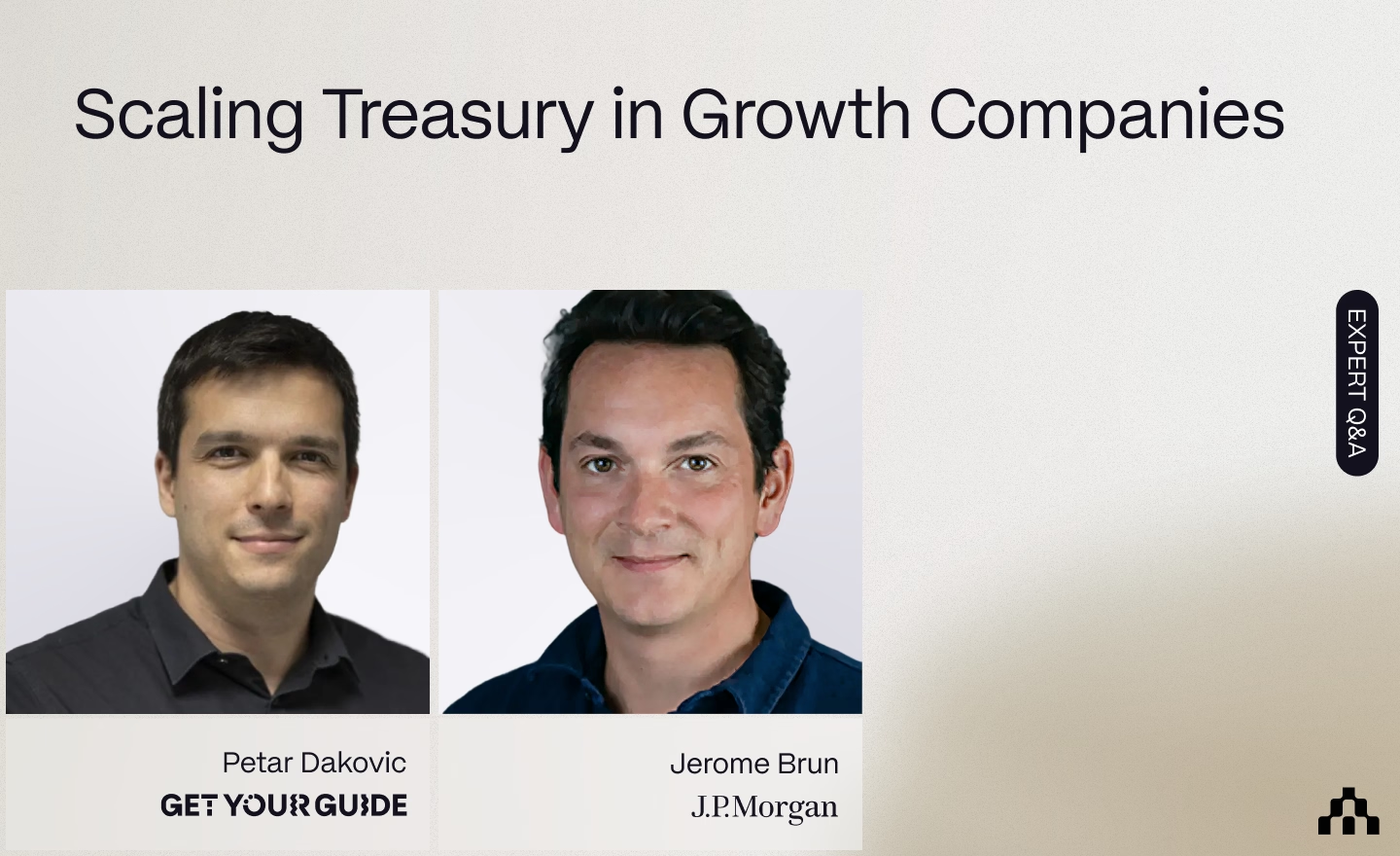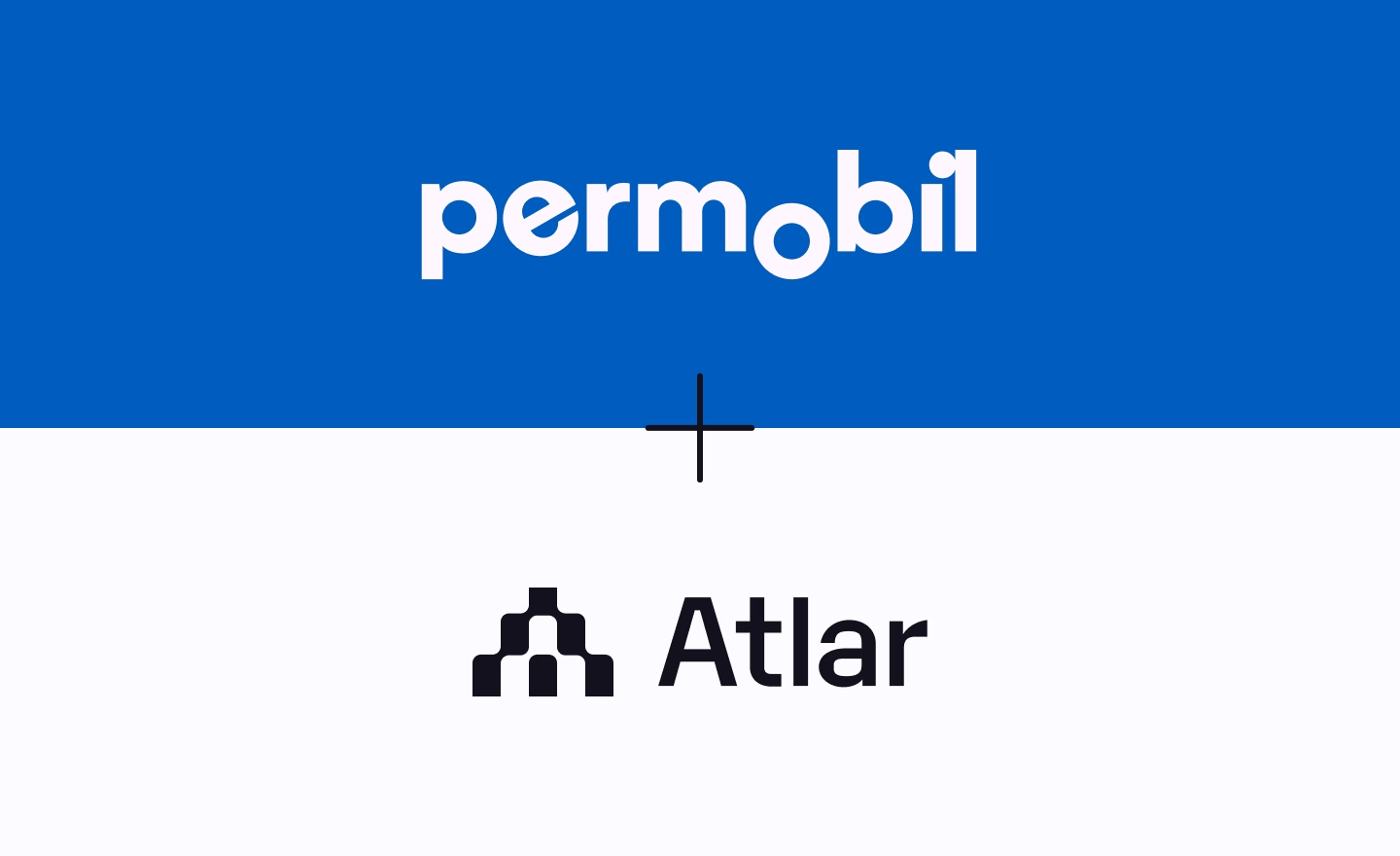
P27 and the Future of Cross-Border Payments in the Nordics
The Nordic region is one of the last parts of Europe where each country maintains its own currency and domestic payments infrastructure, making it difficult to transact efficiently across borders.
This led to the creation of P27, an initiative born out of a partnership between several leading Nordic banks with the vision of creating an integrated system for cross-border and multi-currency payments.
What exactly is P27?
P27 is a joint partnership between six of the largest banks operating in the Nordics: Nordea, OP Financial Group, SEB, Handelsbanken, Swedbank, and Danske Bank. The name is derived from the aim of improving payments for the 27 million inhabitants in the region. Nordic Payments Council (NPC), the Nordic equivalent to the European Payments Council (EPC), has also been established to manage the new payment schemes.
In particular, the initiative concentrates on harmonizing the region's payments infrastructure by creating a single clearing platform that permits real-time multi-currency payments across the whole region – starting from Sweden, Denmark, and Finland. Norway is currently on the sidelines. In practice, this means that the local Nordic clearing systems, such as Bankgirot in Sweden, will be replaced by the P27 platform. Payment instructions will no longer be routed through the domestic clearing systems, but instead exchanged directly with the originating banks.
Moreover, the platform will align with the Single Euro Payments Area (SEPA) standards, introducing ISO20022-based Nordic Credit Transfers and Nordic Instant Credit Transfers. P27 intends to continuously bring new products to the market, such as request-to-pay, direct debits, and confirmation of payee, further simplifying payments for businesses and consumers alike.
Background and timeline
Below are the key milestones for the P27 initiative.
- The initiative started in 2017 as a joint Nordic bank project.
- In June 2019, P27 signed an agreement with Mastercard to operate the payments platform, leveraging Mastercard's expertise and technology.
- Over the summer of 2021, the European Commission approved P27’s planned merger with the Swedish clearing platform Bankgirot.
- P27 will soon be ready to start testing the platform with 13 banks connected to Get Swish AB, Sweden's instant payment solution.
- Full rollout of multi-currency Nordic Credit Transfers and Nordic Instant Credit Transfers is expected by 2025.
What P27 means for your business
While companies will encounter challenges during the transition to the P27 platform, instant payments and the ability to seamlessly transact across DKK, SEK, and EUR will introduce significant operational efficiencies.
Below are a few key considerations.
Format harmonization
With the shift from domestic clearing systems to Nordic clearing, the current local formats like LB, KI, or other bank-specific variants will be substituted with ISO20022. Many banks already force businesses to move to the new ISO standard. P27-supported payment types will include both domestic and cross-border payments, and the clearing platform will support both instant and batch-based payments.
Existing account aliases, such as Bankgiro and PlusGiro numbers which are widely used in Sweden will continue to be usable. Over time, P27 intends to roll out a pan-Nordic system for bank account aliases to which companies can route payments.
Direct bank integrations
With the aforementioned changes, Nordic businesses must prepare to make notable transformations to their payable and receivable systems and operations. Especially the shift away from communicating directly with the local clearing systems, such as Bankgirot, to needing to integrate directly with your banks will create significant overhead. However, Atlar can help you solve this – book a demo here.
More speed, more features
The real-time payment capabilities made possible by the P27 platform will enable businesses to exchange money instantly, with the potential to eliminate delays and improve cash flow. Confirmation of payee will reduce the risk of fraud and erroneous payments, and request-to-pay and related invoicing services will enable companies to automate payment collection while giving customers more flexibility and control.
Furthermore, P27 removes the need to process payments as international transfers, significantly lowering transaction costs.
How Atlar can help
At Atlar, we are helping leading innovators across industries to streamline money movement. Atlar’s Treasury Operating System makes the transition to P27 seamless. In particular, there are two key aspects that we help Nordic businesses with.
Modern infrastructure for real-time payments
The shift from batch-based to real-time payments requires businesses to rebuild their internal processes and infrastructure. The traditional workflows employed by finance and operations teams fall short when it comes to handling 24/7/365 instant payments. Payments will be initiated and received throughout evenings, weekends, and holidays – leaving manual processes insufficient.
Since real-time payment flows are continuous, they demand a platform capable of automated initiation of payments, live payment status tracking, automatic reconciliation, and handling of operational workflows such as automatic retries, management of payment failures, and approval flows. Atlar provides a platform designed for real-time payment flows out of the box.
Simplify migration from legacy integrations
Atlar has built integrations with all Nordic banks, making it easy for companies to migrate from legacy integrations to ISO20022 without investing significant resources in rebuilding connections or maintaining complex internal infrastructure.
Moreover, with Atlar, companies no longer have to go through the cumbersome process of integrating with each bank individually. Instead, they can use a single platform to manage their transactions, with payments automatically routed to the appropriate bank. This significantly simplifies the whole migration, allowing companies to focus on building core products.
Now that you have an idea about what P27 is, the timeline, the challenges, and the benefits, you just have to start planning ahead. If your team is looking to prepare for P27, contact us here. We would love to hear from you.
You can unsubscribe anytime.
Most recent






